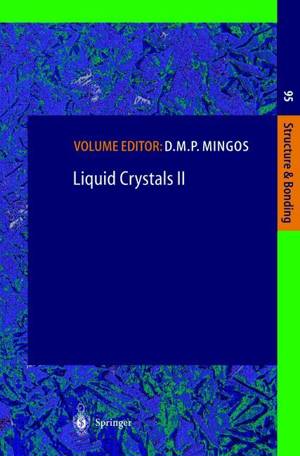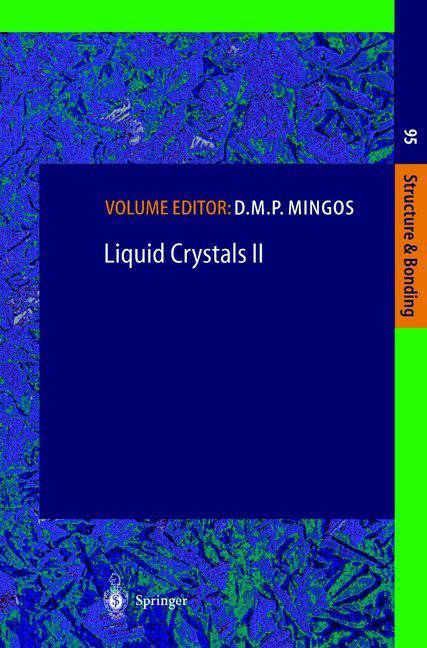
- Afhalen na 1 uur in een winkel met voorraad
- Gratis thuislevering in België vanaf € 30
- Ruim aanbod met 7 miljoen producten
- Afhalen na 1 uur in een winkel met voorraad
- Gratis thuislevering in België vanaf € 30
- Ruim aanbod met 7 miljoen producten
Zoeken
Omschrijving
The liquid crystalline state may be identified as a distinct and unique state of matter which is characterised by properties which resembles those of both solids and liquids. It was first recognised in the middle of the last century through the study of nerve myelin and derivatives of cholesterol. The research in the area really gathered momentum, however, when as a result of the pioneering work of Gray in the early 1970's organic compounds showing liquid crystalline properties were shown to be suitable to form the basis of display devices in the electronic products. The study of liquid crystals is truly multidisciplinary and has attached the attention of physicists, biologists, chemists, mathematicians and electronics engineers. It is therefore impossible to cover all these aspects fully in two small volumes and therefore it was decided in view of the overall title of the series to concentrate on the structural and bonding aspects of the subject. The Chapters presented in these two volumes have been organised to cover the following fundamental aspects of the subject. The calculation of the structures of liquid crystals, an account of their dynamical properties and a discussion of computer simulations of liquid crystalline phases formed by Gay Berne mesogens. The relationships between molecular conformation and packing are analysed in some detail. The crystal structures of liquid crystal mesogens and the importance of their X ray scattering properties for characterisational purposes are discussed.
Specificaties
Betrokkenen
- Uitgeverij:
Inhoud
- Aantal bladzijden:
- 266
- Taal:
- Engels
- Reeks:
- Reeksnummer:
- nr. 95
Eigenschappen
- Productcode (EAN):
- 9783662147146
- Verschijningsdatum:
- 3/10/2013
- Uitvoering:
- Paperback
- Formaat:
- Trade paperback (VS)
- Afmetingen:
- 156 mm x 234 mm
- Gewicht:
- 399 g

Alleen bij Standaard Boekhandel
+ 105 punten op je klantenkaart van Standaard Boekhandel
Beoordelingen
We publiceren alleen reviews die voldoen aan de voorwaarden voor reviews. Bekijk onze voorwaarden voor reviews.










